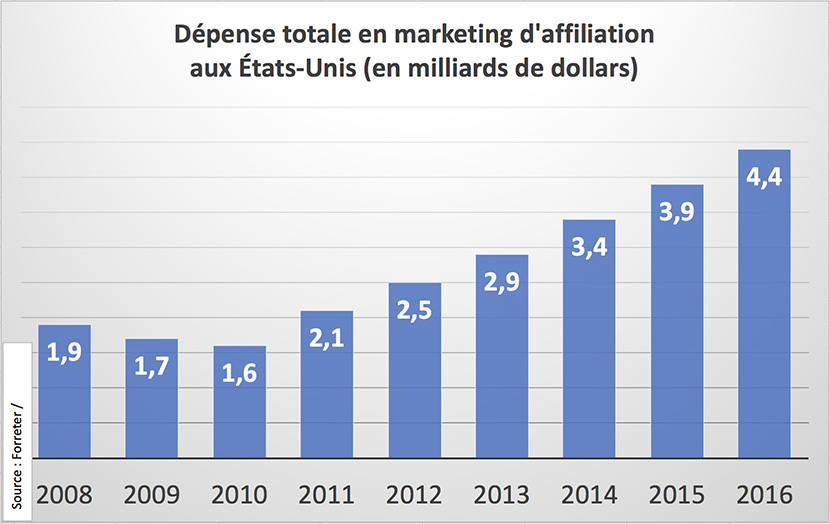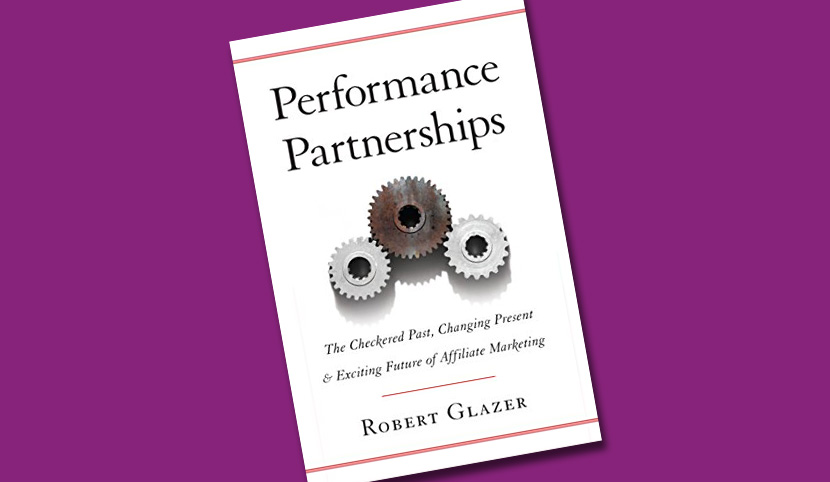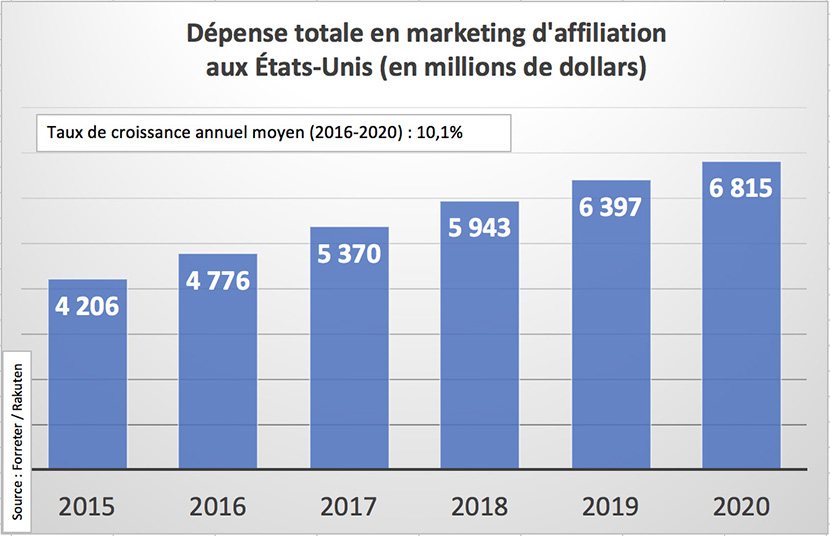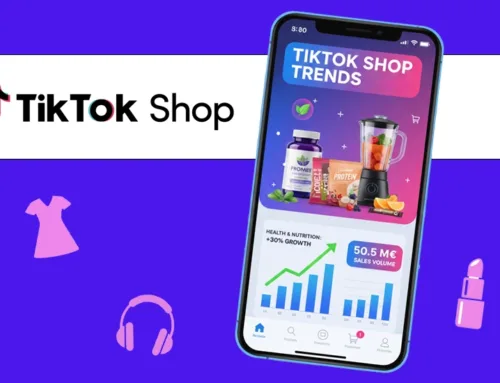Column published in the Journal du Net in December 2017
Faced with the rapid emergence of multiple acquisition channels, affiliate marketing is all too often perceived as a somewhat dated practice that doesn’t renew itself very often. Yet if it has been around since the early days of e-commerce, there must be a reason.
Winter is coming. Time to stock up on books for the long evenings ahead. How about a book that projects you into the future, while explaining the past and present? Ambitious, isn’t it? And I’m not talking about the latest futuristic novel, but about a book that doesn’t look like much, but turns out to be very interesting. Well, very, interesting, that’s relative, especially for digital marketing professionals, because for the others, it’s not certain that they’ll be passionate. Let me break the suspense: it’s “Performance Partnerships” by Robert Glazer.
Robert Glazer may not ring a bell, but here’s a man who has made a career in affiliate marketing across the Atlantic, and who paints a highly instructive three-part portrait of this world. Knowing that what happens in the U.S. in terms of e-commerce is very often a harbinger of trends to come in Europe, reading this book is not a waste of time. It overturns a few preconceived ideas and replaces them with a few strong ones, as follows.
1°) Affiliation is not dead…
After several years of stagnation, the US affiliate marketing market has been experiencing strong growth for the past three years. As proof, affiliate investments, after declining between 2008 and 2010, more than doubled between 2011 and 2016. And a number of major brands, such as DELL, have just announced the reopening of their affiliate programs. In short, after a few gloomy years, it would seem that a wind of renewal is blowing through affiliate marketing.
2°) …she would even be in good health…

3°) …its ecosystem is flourishing…
For Robert Glazer, there are several reasons for this very positive trend. Firstly, the brand has become an integral part of the affiliation process. In fact, for a long time, brand considerations were hardly integrated into the affiliate business in the United States. Only sales generation was valued. And the players in the ecosystem gradually realized that this neglect was detrimental to the growth of the profession.
Secondly, a better mastery of attribution mechanisms and the contributory values of traffic sources. The arrival of analytics tools has enabled us to better evaluate the contributions of all traffic contributors. After a bit of trial and error, this more global vision has enabled us to better value the contributions of everyone, including but not limited to affiliates, and to eliminate partners with lower contributions, including but not limited to affiliates!
Another reason for the positive evolution of affiliation is the arrival of new partners to enrich the panel of publishers. Bloggers, influencers, social media and mobile players have all become essential pillars of the performance world.
4°) …and the internalization of affiliation is synonymous with growth…
But, according to Robert Glazer, it is above all the massive internalization of affiliate marketing and the use of SAAS(white label) solutions that explain this new growth. For a long time, Google was a major player in the US affiliate marketing market. When Google discontinued this activity, many of its customers opted for SAAS solutions, rather than returning to another market platform. Many of them saw this as a way of not only saving money, but also of freeing themselves from their ever-increasing dependence on Google, Facebook or even Amazon.
In addition, as affiliation and partnership management tools have become more and more internalized, new professions have emerged – affiliation agencies, training, etc. – which have helped to make these experiments a success.
5°) …and transforming affiliation into a performance-based partnership.
After equipping themselves with high-performance tools, evolving their performance doctrine and coming to grips with the limits of the last-click attribution model, advertisers began to implement what Robert Glazer calls “Performance Partnerships”.
The idea is to gain a better understanding of each person’s contribution: more traffic for some, more new customers for others, a good job of promoting the brand and its products for others… Once these contributions have been identified, each person’s performance level can be redefined according to the objectives assigned to them. Remuneration structures are then adapted, while always retaining a percentage of sales generated.
These “performance-based partnerships” are not only profitable in the short term, but also enable advertisers to free themselves a little more from their dependence on traffic generation. What’s more, they enable advertisers to create networks of partners with whom they can better develop their brand territory and sales policy.
How far have we come in France? It’s hard to say precisely, but it’s certain that all the conditions are in place to follow the same trend. And some of the most advanced players in the affiliate marketing industry are already working on the most modern projects: influencer management, implementation of contributory models, SaaS affiliate marketing solutions, training, financial flow logistics, etc. They are building all the pieces needed to ensure the success of the future. In this way, they are building all the pieces necessary for the emergence of a new ecosystem. They are betting on the renewed strength of the notions of partner and performance, which are, let’s not forget, the “historical” foundations of affiliation.
Mis à jour le 23 January 2025
Mis à jour le 23 January 2025





